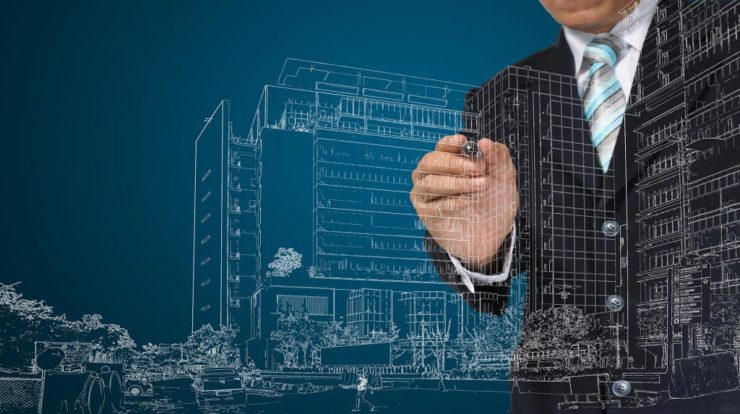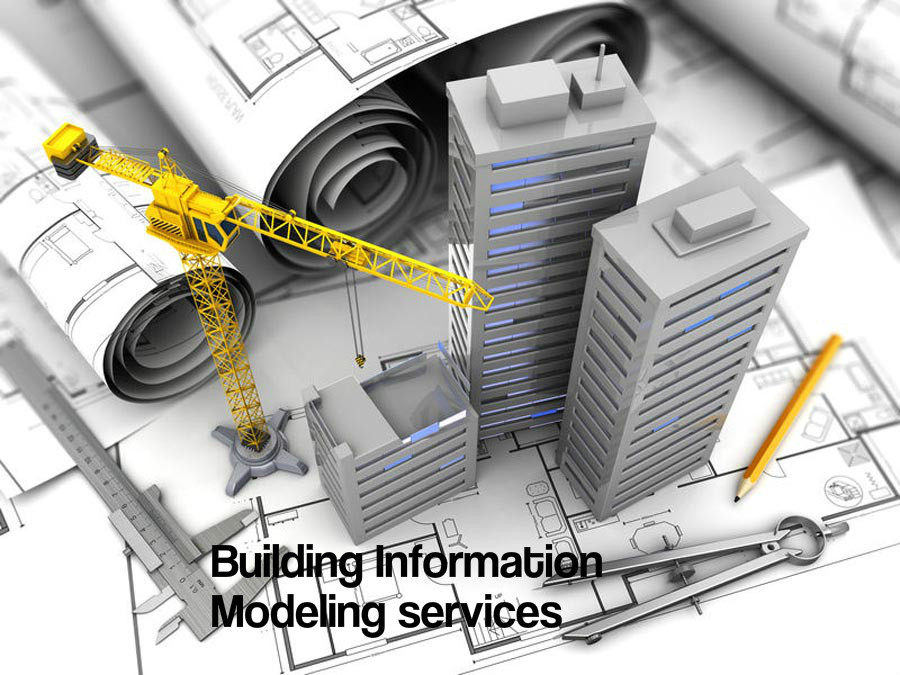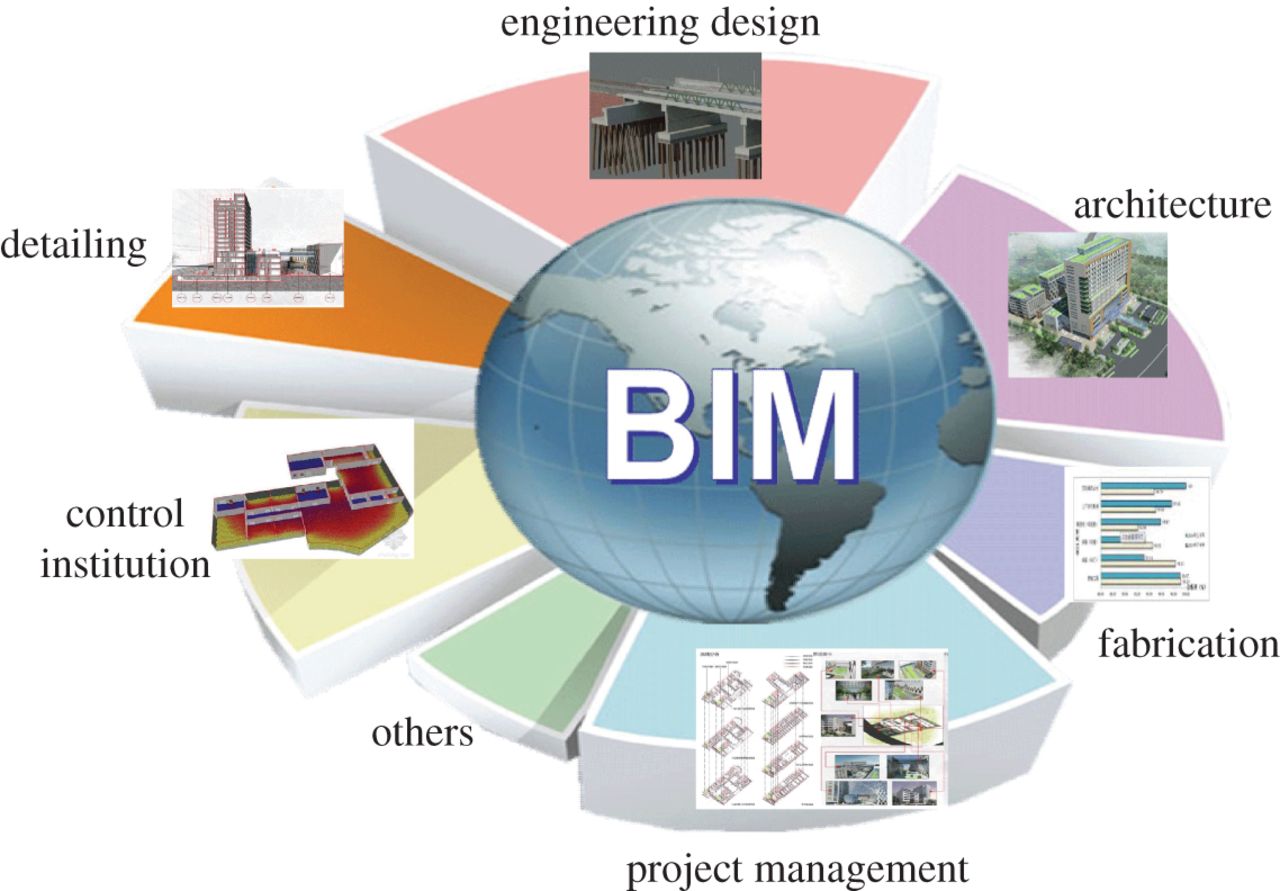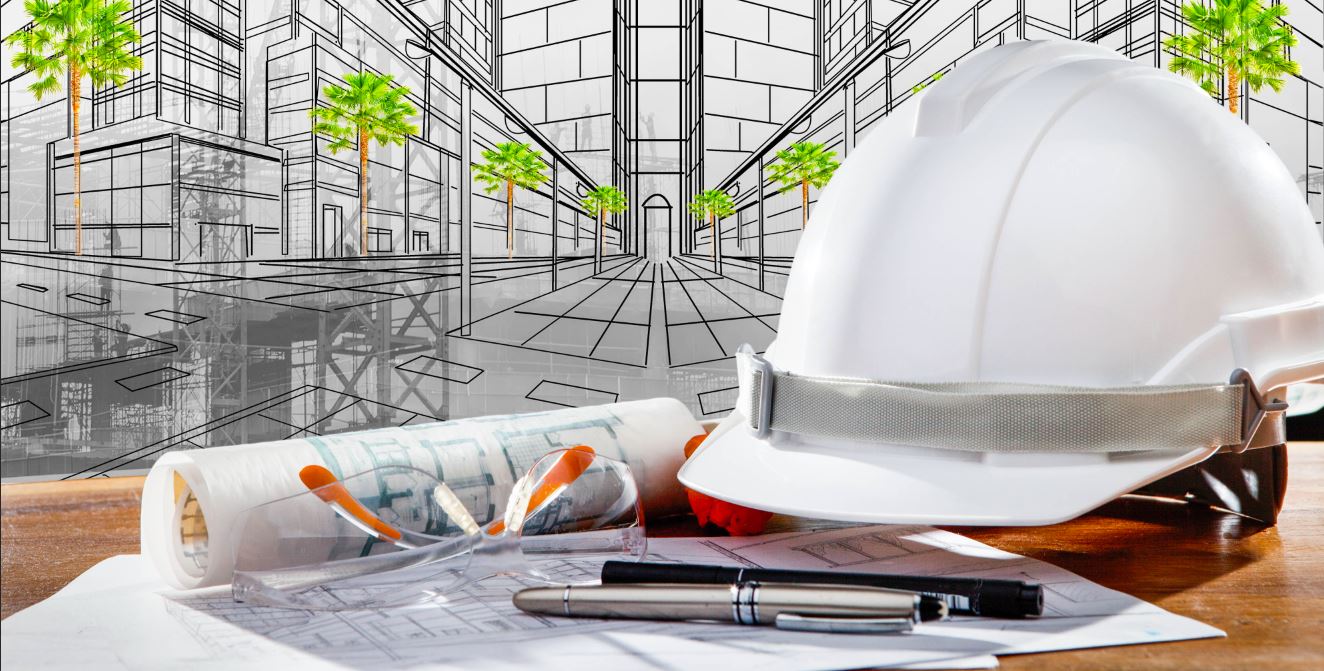
Stop me if you’ve heard this one, ‘united we stand, divided…”. It’s no secret that collaboration has helped humanity do wonders, whether at work, in sports or times of crises. But despite the well-advertised advantages of teamwork, the construction industry has majorly worked as an independent set of parties. BIM implementations, however, can not function like this.
There is a clear and obvious requirement for collaboration in BIM design, which is still a fairly new concept to those used to working as an island, isolated from the rest. Let me break down the why, what and how of collaboration in construction design.
Why is collaboration required?
BIM integrations make use of many different parties, that work simultaneously off information collected from the project site. These parties include architects, engineers, designers, suppliers and many more. As all these parties work on different levels of the same 3D building design, a collaborative approach is required to ensure on-time delivery and to offset the costs involved in the traditional design process. After all, what is the point of a BIM design if it takes just as long as older construction methods?
What are the challenges?
People are definitely the biggest challenge, and with so many different parties involved, this challenge is a staggering one. Managers have a full deck of responsibilities to look after for a successful BIM implementation.
- Identifying which parties need to collaborate closely and ensuring they are on the same network, to minimize data costs and allow reliable communication.
- Maintaining open lines of communication between the many parties involved.
- Making certain that every party has the required data to complete tasks without obstruction.
- Resolving disputes and avoiding the ‘blame game’ where one party blames the next, at expense of the project.
How much collaboration is needed?
There is no exact rule of thumb that defines the level of collaboration needed to successfully pull of a BIM implementation. It falls upon the discretion of the project manager to identify groups that need work in tandem and ones that can be left to their own devices. For example, while suppliers and design engineers may need to work closely, architects could be relieved earlier.
Benefits of collaboration
Building Information Modeling (BIM) is an inherently collaborative process. By allowing multiple teams to work on a common 3D schematic,
- BIM service providers can cut down completion time exponentially,
- Deliver projects in an extremely cost-effective manner and
- Use the expertise of different teams to identify clashes in earlier stages, preventing costly and time-consuming rework.
Looking for a BIM service provider that knows the ins and outs of collaboration? Technostruct provides reliable BIM implementations for projects of all sizes. Find out more on https://www.technostruct.com/



